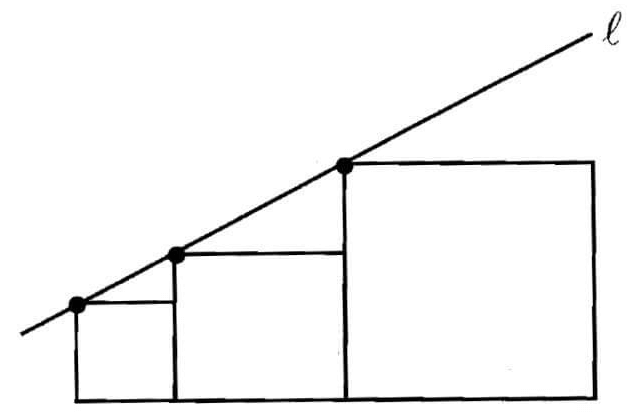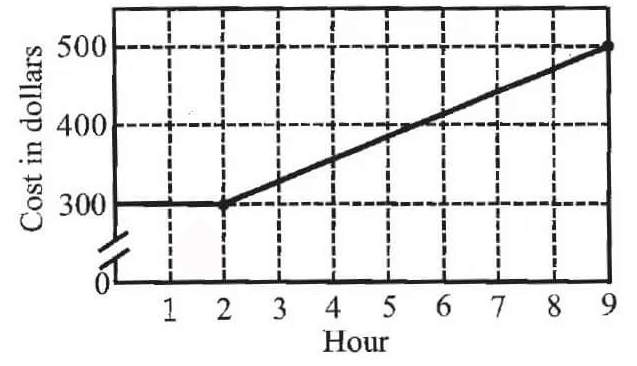VERIFYING THE GIVEN STATEMENT INVOLVING CARTESIAN PRODUCT
Question :
Let A = {x ∈ W | x < 2} , B = {x ∈|1 < x ≤ 4} and C = {3, 5} . Verify that
(i) A × (B U C) = (A × B) U (A × C)
(ii) A × (B n C) = (A × B) n (A × C)
(iii) (A U B) × C = (A × C) U (B × C)
Solution :
A = {x ∈ W | x < 2} , B = {x ∈|1 < x ≤ 4} and C = {3, 5} .
A = {0, 1} , B = {2, 3, 4} and C = {3, 5} .
(i) A × (B U C) = (A × B) U (A × C)
L.H.S
(B U C) = {2, 3, 4, 5}
A × (B U C)
= {(0, 2) (0, 3) (0, 4) (0, 5)(1, 2) (1, 3) (1, 4) (1, 5)} --(1)
R.H.S
(A × B) = {(0, 2) (0, 3) (0, 4)(1, 2) (1, 3) (1, 4)}
(A × C) = {(0, 3)(0, 5) (1, 3) (1, 5)}
(A x B) U (A x C) = {(0, 2) (0, 3) (0, 4) (0, 5)(1, 2) (1, 3) (1, 4) (1, 5)} --(2)
(1) = (2)
Hence proved
(ii) A × (B n C) = (A × B) n (A × C)
A = {0, 1} , B = {2, 3, 4} and C = {3, 5} .
L.H.S
(B n C) = {3}
A × (B n C) = {(0, 3) (1, 3)} ---(1)
R.H.S
(A × B) = {(0, 2) (0, 3) (0, 4)(1, 2) (1, 3) (1, 4)}
(A × C) = {(0, 3)(0, 5) (1, 3) (1, 5)}
(A × B) n (A × C) = {(0, 3) (1, 3)} ---(2)
(1) = (2)
Hence proved.
(iii) (A U B) × C = (A × C) U (B × C)
A = {0, 1} , B = {2, 3, 4} and C = {3, 5} .
A U B = {0, 1, 2, 3, 4}
(A U B) × C = { (0, 3)(0, 5)(1, 3)(1, 5)(2, 3)(2, 5)(3, 3)(3, 5)(4, 3)(4, 5) } -----(1)
(A × B) = {(0, 2) (0, 3) (0, 4)(1, 2) (1, 3) (1, 4)}
(B × C) = {(2, 3) (2, 5) (3, 3)(3, 5) (4, 3) (4, 5)}
(A × C) U (B × C) = { (0, 3)(0, 5)(1, 3)(1, 5)(2, 3)(2, 5)(3, 3)(3, 5)(4, 3)(4, 5) } -----(2)
(1) = (2)
Hence proved,
Kindly mail your feedback to v4formath@gmail.com
We always appreciate your feedback.
©All rights reserved. onlinemath4all.com
Recent Articles
-
Digital SAT Math Problems and Solutions (Part - 146)
Apr 18, 25 06:52 AM
Digital SAT Math Problems and Solutions (Part - 146) -
Logarithmic Derivative Problems and Solutions
Apr 16, 25 09:25 PM
Logarithmic Derivative Problems and Solutions -
Digital SAT Math Problems and Solutions (Part - 145)
Apr 16, 25 12:35 PM
Digital SAT Math Problems and Solutions (Part - 145)

